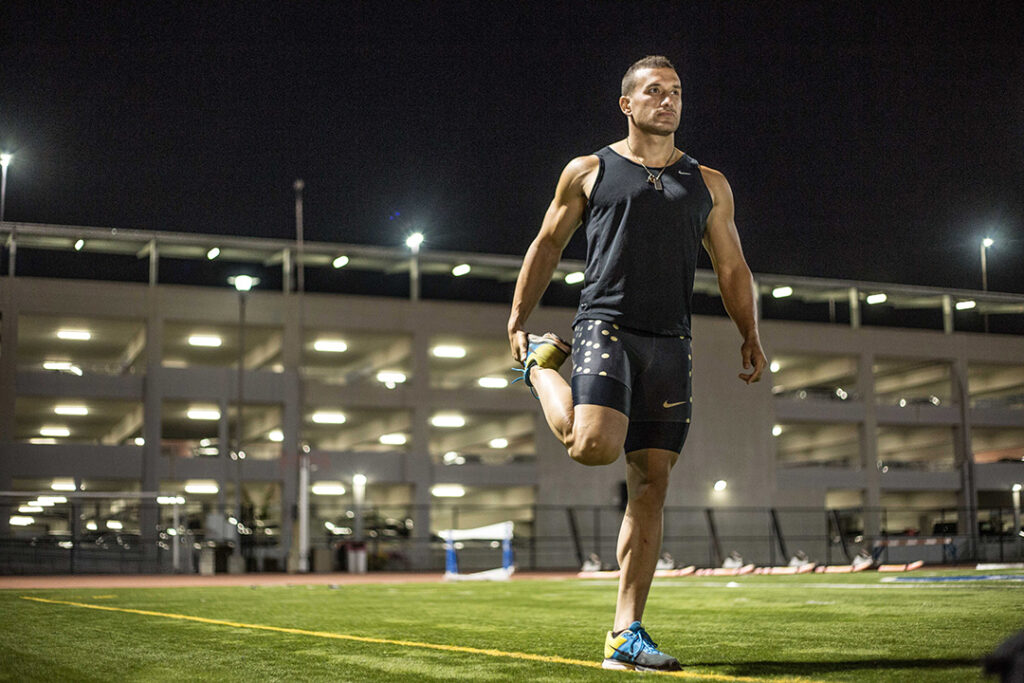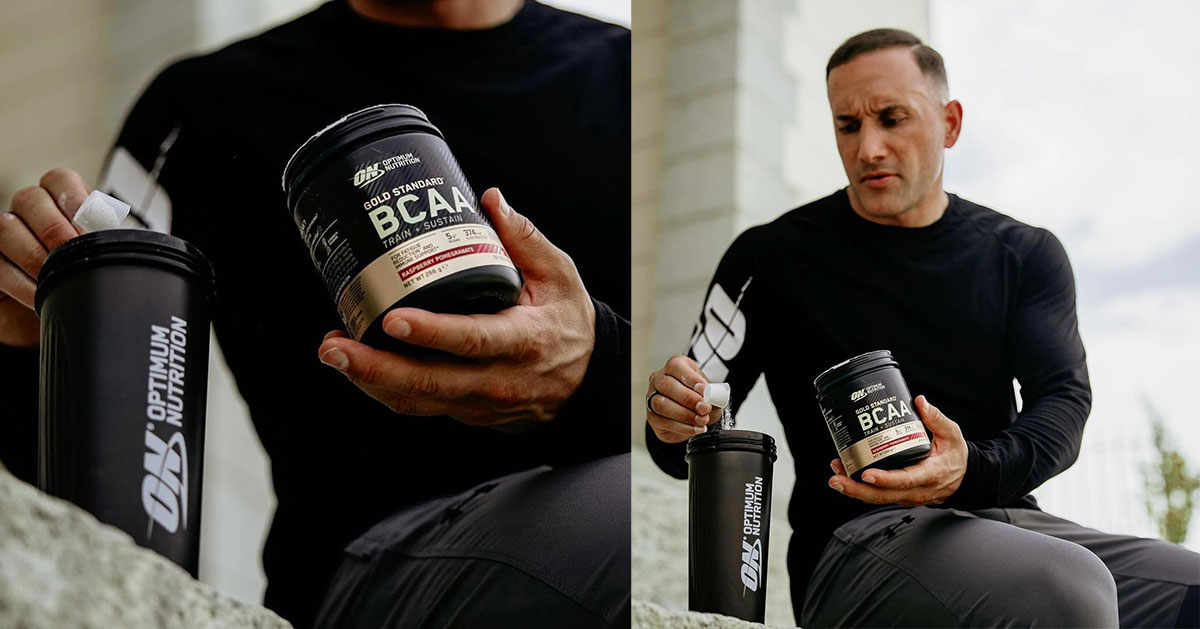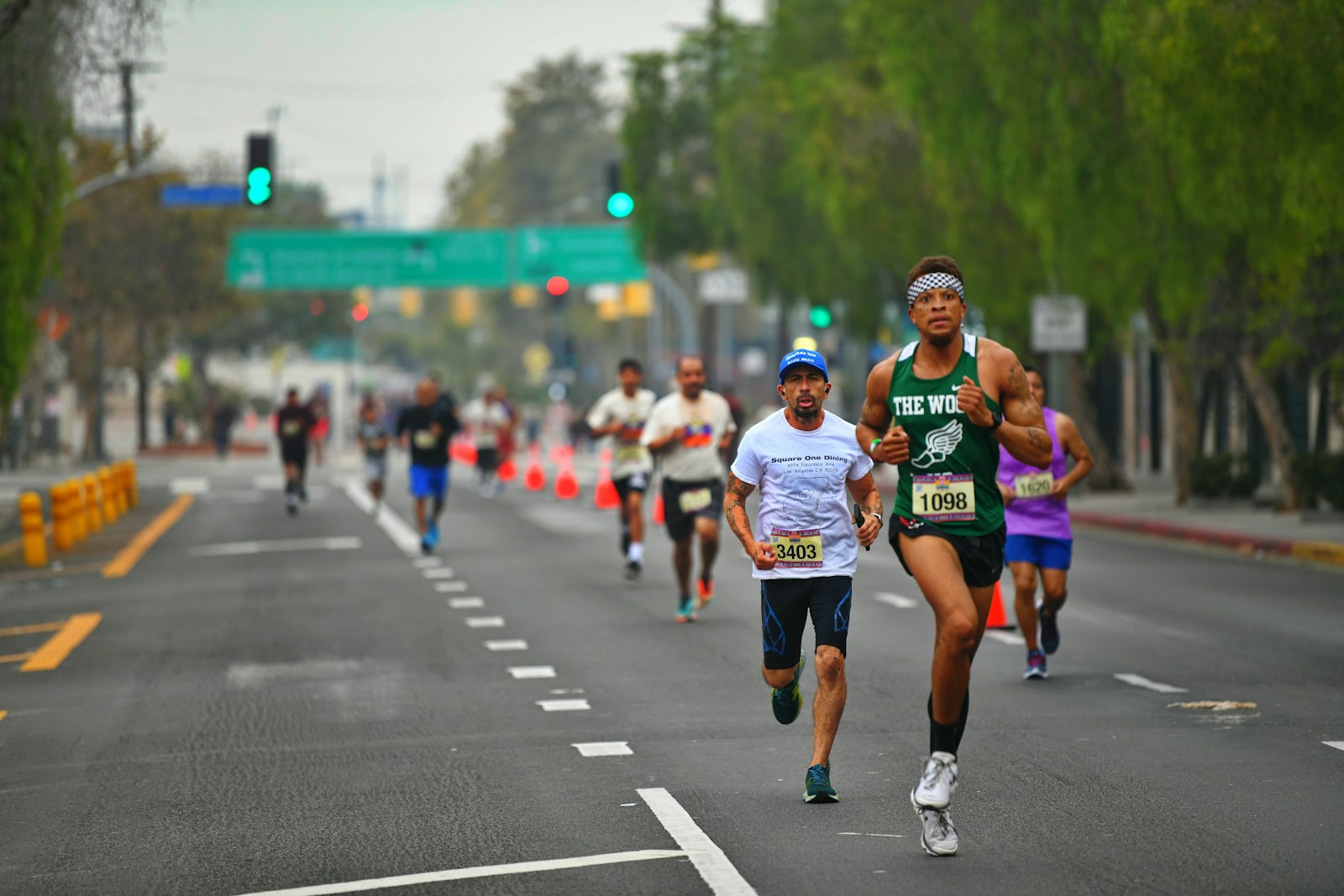“By incorporating warm-up and cool-down strategies into your sprinting routine, you can maximize your performance, minimize the risk of injuries, and promote overall well-being as a sprinter.“
Share Post:

Maximizing Performance and Recovery
As a sprinter, you know that every second counts. To achieve your best performance and minimize the risk of injuries, incorporating proper warm-up and cool-down routines into your training regimen is essential.
In this blog post, we will explore in-depth the significance of warm-up routines before sprinting sessions or races and effective cool-down techniques that aid in recovery and prevent muscle soreness. By understanding and implementing these strategies, you can unlock your full potential as a sprinter and achieve peak performance.
The Purpose of Warm-Up:
Warm-up routines serve multiple purposes that contribute to optimal sprinting performance.
Firstly, they increase muscle temperature, promoting efficient muscle contractions and enhancing flexibility. This reduces the risk of muscle strains and pulls that can hinder your sprinting ability.
Additionally, warm-up exercises enhance blood flow to the working muscles, delivering oxygen and nutrients while removing waste products. This optimization of blood flow improves muscle performance and prepares your body for the demands of sprinting.
Moreover, warm-up routines activate the nervous system, resulting in improved neural signaling, faster reaction times, and better muscular coordination. By stimulating the nervous system, you can optimize your sprinting performance and achieve better results.
Lastly, warm-ups also serve as a mental transition, allowing you to focus your attention, build confidence, and mentally prepare for the upcoming physical exertion.

Components of an Effective Warm-Up:
An effective warm-up consists of several components that work together to prepare your body for sprinting.
Start with a general cardiovascular warm-up, such as light jogging, cycling, or skipping rope, for 5-10 minutes. This elevates your heart rate and increases your body temperature, preparing your cardiovascular system for the intense sprinting activity ahead.
Following the cardiovascular warm-up, incorporate a series of dynamic stretches that mimic sprinting movements. Focus on targeting major muscle groups involved in sprinting, such as the quadriceps, hamstrings, hip flexors, and calves. Dynamic stretches help improve flexibility and range of motion, ensuring your muscles are primed for powerful contractions.
Next, include specific movement activation exercises that target sprinting-specific muscles and movements. Examples include high knees, butt kicks, leg swings, and A-skips. These movements prepare your body for the specific demands of sprinting, improve muscle activation, and enhance neuromuscular coordination.
Integrate sprint drills into your warm-up routine to simulate race conditions and gradually increase intensity. Strides or accelerations over short distances can help you find your rhythm, improve your stride length and frequency, and mentally prepare for the explosive sprint ahead.
Finally, use the warm-up period to focus your mind and visualize successful execution. Visualize yourself running with perfect form, feeling strong, powerful, and confident. By reinforcing positive mental imagery, you can boost your confidence and prepare yourself mentally for a successful sprint.

Benefits of an Effective Warm-Up:
An effective warm-up routine offers several benefits for sprinters.
Firstly, it enhances overall performance by improving muscle power, explosiveness, and range of motion. By increasing muscle temperature and activating the nervous system, you can achieve better speed, agility, and overall sprinting performance.
Secondly, a thorough warm-up reduces the risk of sprinting-related injuries. By increasing muscle temperature and improving flexibility, you enhance the elasticity and pliability of your muscles, reducing the likelihood of strains, pulls, and other injuries.
Additionally, a well-executed warm-up optimizes neurological readiness, improving the communication between your brain and muscles. This heightened neurological readiness translates to improved reaction time, coordination, and motor skills, enabling efficient and powerful sprinting.
Lastly, a warm-up routine contributes to mental preparation. Engaging in a focused warm-up routine and visualizing success can boost your confidence, reduce pre-race anxiety, and mentally prepare for optimal performance. By creating a positive mental state, you set the stage for a successful sprint.
Cool-Down Techniques for Recovery:
After completing a sprinting session or race, it’s crucial to incorporate effective cool-down techniques to aid in recovery and prevent muscle soreness. A cool-down routine helps your body transition from intense exercise to a resting state gradually.
Begin your cool-down by gradually reducing your intensity, such as by jogging or walking, to gradually lower your heart rate and allow your body to cool down. This gradual reduction in intensity helps prevent blood pooling in the extremities and aids in the removal of metabolic waste products from your muscles.
Follow the cardiovascular cool-down with static stretching exercises. Static stretches held for 20-30 seconds per muscle group can help restore muscle length and flexibility, reducing post-exercise muscle tightness and soreness.
Incorporate foam rolling or self-myofascial release techniques as part of your cool-down routine. These techniques involve using a foam roller or massage ball to apply pressure to specific muscle groups, promoting muscle relaxation, reducing muscle tension, and enhancing recovery.
Hydration and proper nutrition are also crucial during the cool-down period. Replenish fluids by drinking water or a sports drink to restore hydration levels. Consume a balanced post-exercise meal or snack containing carbohydrates and protein to aid in muscle recovery and glycogen replenishment.

Conclusion.
Warm-up and cool-down strategies are fundamental components of sprinting training and competition. Proper warm-up routines prepare your body physically and mentally for optimal performance by increasing muscle temperature, enhancing blood flow, improving neural signaling, and promoting flexibility.
Effective cool-down techniques aid in recovery, preventing muscle soreness and optimizing your body’s ability to bounce back after intense sprinting sessions or races.
By incorporating these warm-up and cool-down strategies into your sprinting routine, you can maximize your performance, minimize the risk of injuries, and promote overall well-being as a sprinter.
Remember, investing time in a thorough warm-up and cool-down is a small price to pay for the significant benefits they offer. Stay consistent, prioritize your preparation and recovery, and watch as your sprinting performance reaches new heights.
Visit Steven’s Optimization Store to get high quality supplements to help you achieve your health and fitness goals.
Share Post:
REACH YOUR FULL POTENTIAL
Subscribe to Steven's newsletter and receive weekly content to unleash your potential and learn more about the best optimization supplements that can help you take your game to a new level.
More Content
See All-

Stress Management: Unlocking Peak Performance
“Stress management and resilience-building strategies are integral components of professional success and well-being.“ Share Post: In today’s fast-paced world, stress has become a ubiquitous aspect of modern life, affecting individuals across all professions and industries. As professionals, our ability to effectively manage stress and cultivate resilience is paramount to maintaining peak performance and overall well-being. […]
September 8, 2023 -

Essential Supplements for Athletes: Maximizing Performance and Recovery
“In the realm of athletic performance, supplements can serve as valuable tools when grounded in scientific research and used judiciously. Whey protein, creatine monohydrate, omega-3 fatty acids, vitamin D, BCAAs, beta-alanine, iron, and caffeine represent a comprehensive array of supplements that cater to different aspects of an athlete’s needs. Discover the Essential Supplements for Athletes“ […]
September 8, 2023 -

How to Prepare for a 5K Run: A Holistic Approach
“Preparing for a 5K is a holistic endeavor that encompasses physical training, mental resilience, and strategic planning.“ Share Post: Embarking on the journey to conquer a 5K run is an exhilarating challenge that demands careful preparation. Whether you’re an experienced runner or taking your first strides in the running world, the path to success is […]
September 8, 2023
